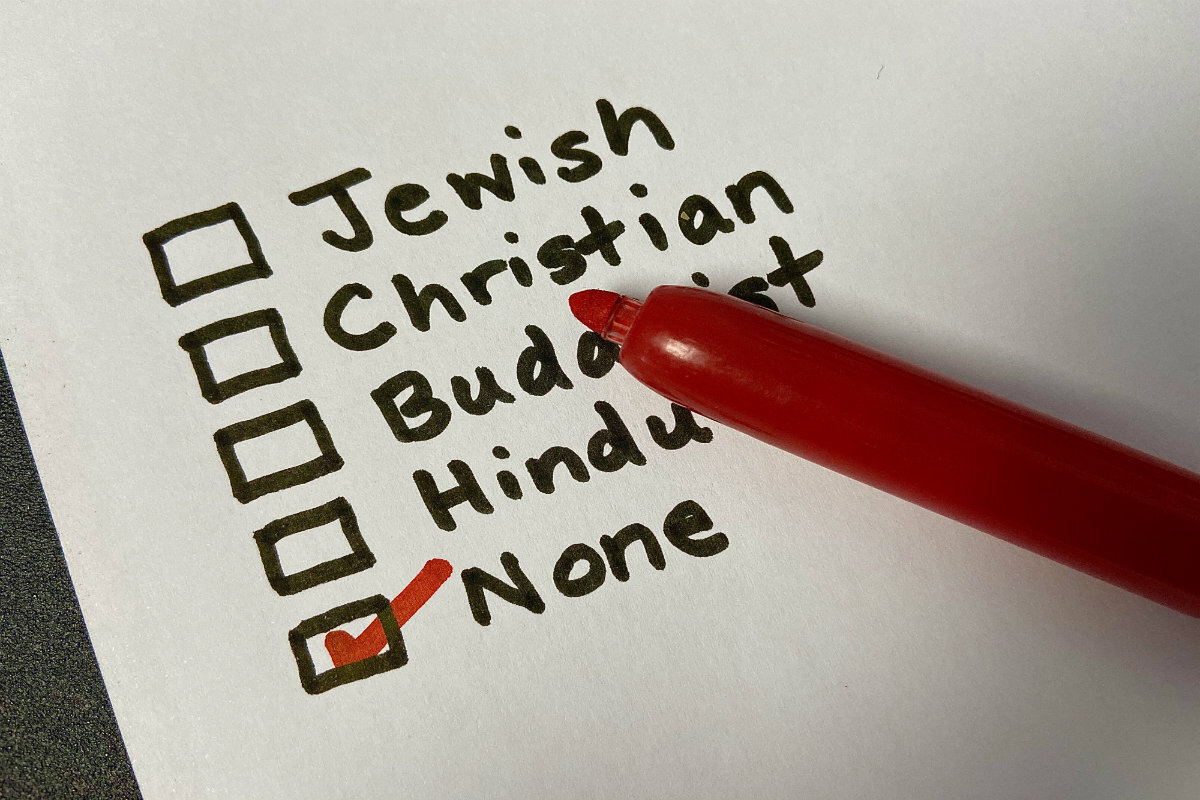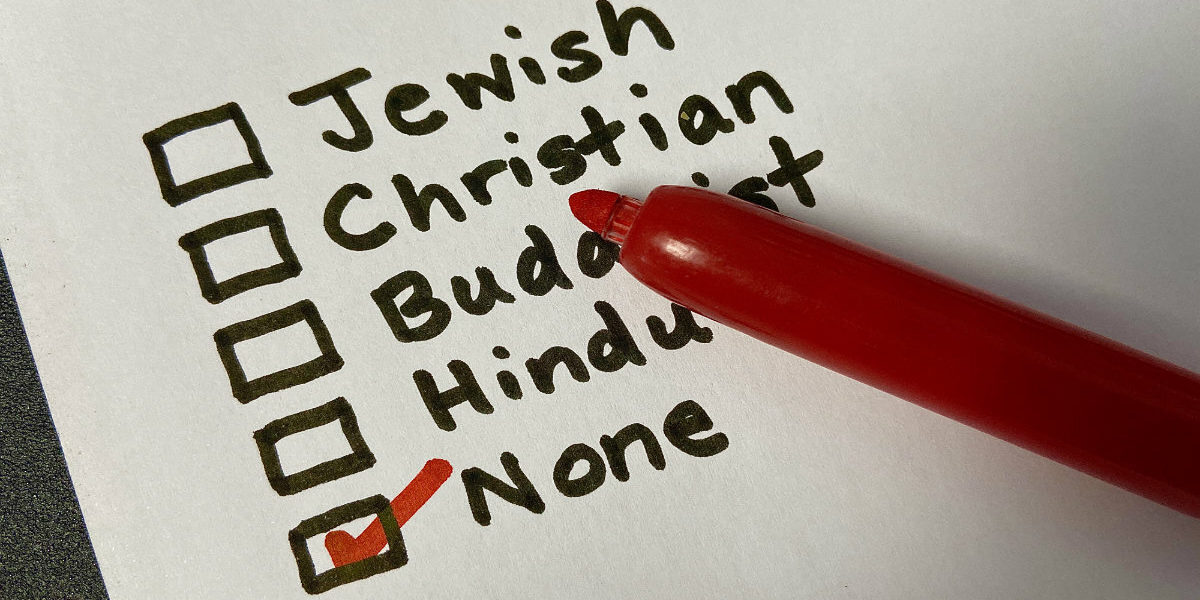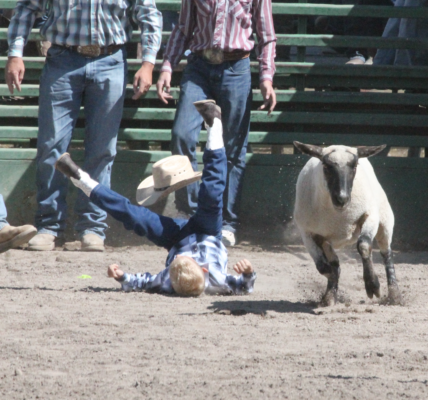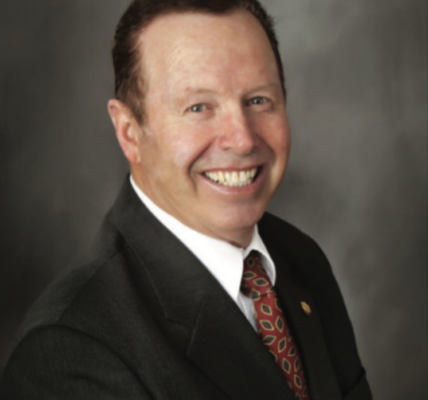
• Thirty-seven percent of Wyomingites say they are ‘nones’
By Jordan Smith
Casper Star-Tribune
Via- Wyoming News Exchange
CASPER — Across the country, the nones — those who express no religious or spiritual affiliation — are overtaking the nuns (so to speak).
In other words, that means that the nones are growing in number, while those who do express adherence to a certain faith or belief system are declining, data show. And Wyoming is no outlier.
A 2008 Cooperative Election Study, which is done at least once every year and in two separate waves on election years, showed that 31% of people in Wyoming declared themselves “nones.” In 2022, that number grew to 37%.
Wyoming stands out a bit from its Mountain West neighbors.
In both 2008 and 2022, the West Coast states expressed high numbers of nones.
But the Dakotas are some of the only states in the country to be at low numbers of nones: North Dakota sat at 17% in 2022 and South Dakota at 25%. In comparison, Montana jumped from 24% in 2008 to 51% in 2022.
And then there’s Utah, one of the most hyper-religious states in the entire country, by many metrics. Still, it also saw a rise in the number of nones: 18% in 2008 to 38% in 2022.
Colorado jumped from 32% to 45%, and Idaho from 32% to 40%.
Ostensibly, these numbers have been rounded up or down.
In a different graphic that categorizes the percentage difference between the 2008 and 2022 numbers, Wyoming is listed as having a difference of 5% — but according to the previous numbers, the difference should have been 6% (from 31% to 37%).
This is, of course, barring the fact that Ryan Burge, who compiled the data from the Cooperative Election Study into the maps, did not make a typo or error while creating them.
Another set of data from the Cooperative Election Study shows that 57% of Wyomingites seldom, or never, attended religious services.
Burge writes in the blog post that the question of levels of religiosity is difficult to fully answer. Why? Sample sizes of studies.
“Here’s the thing about that question—it’s not really that easy to answer from a statistical perspective. It seems so tantalizingly easy but that’s just not the case,” he writes. “The reason is actually really easy to understand, too. Sample size. That’s it. That’s the tweet.”
Last year’s study had 129 people from North Dakota in it — a huge number compared to what it used to be, Burge writes. But even those numbers could have skewed the data a bit, he admits.
South Dakota had 171 participants. Wyoming had 96, the lowest number of any state.
So what does it all mean, in terms of people?
After all, religiosity is more than just whether or not you believe in something or attend a weekly service.
The rise of the nones is not a new phenomenon — many researchers are aware of the decrease in religious affiliation, specifically within the 21st century.
A map by the Pew Research Center, as part of its 2014 religious landscape study, shows that 26% of Wyoming adults were religiously unaffiliated between 2007 and 2014.
While there are myriad reasons why nones are increasing, and regional variances in those reasons, a 2022 article by the center says that one reason is that “a steadily shrinking share of young adults who were raised Christian (in childhood) have retained their religious identity in adulthood over the past 30 years.”
Other reasons mentioned in the article include those raised in no religion not taking on or converting to a religion later in life, transmission (religion not being transmitted from parent to child), migration, fertility rates, and age structures and mortality.





